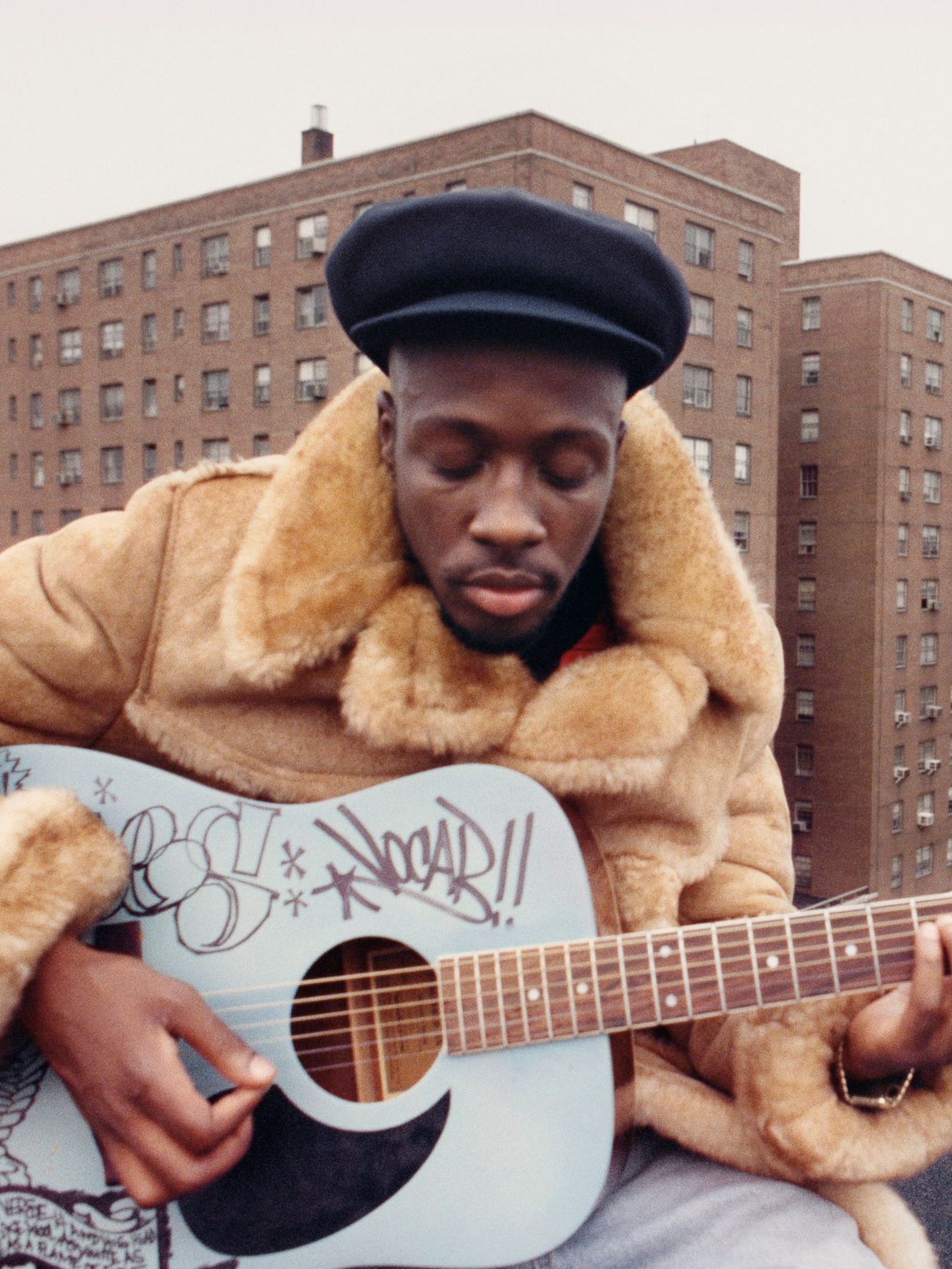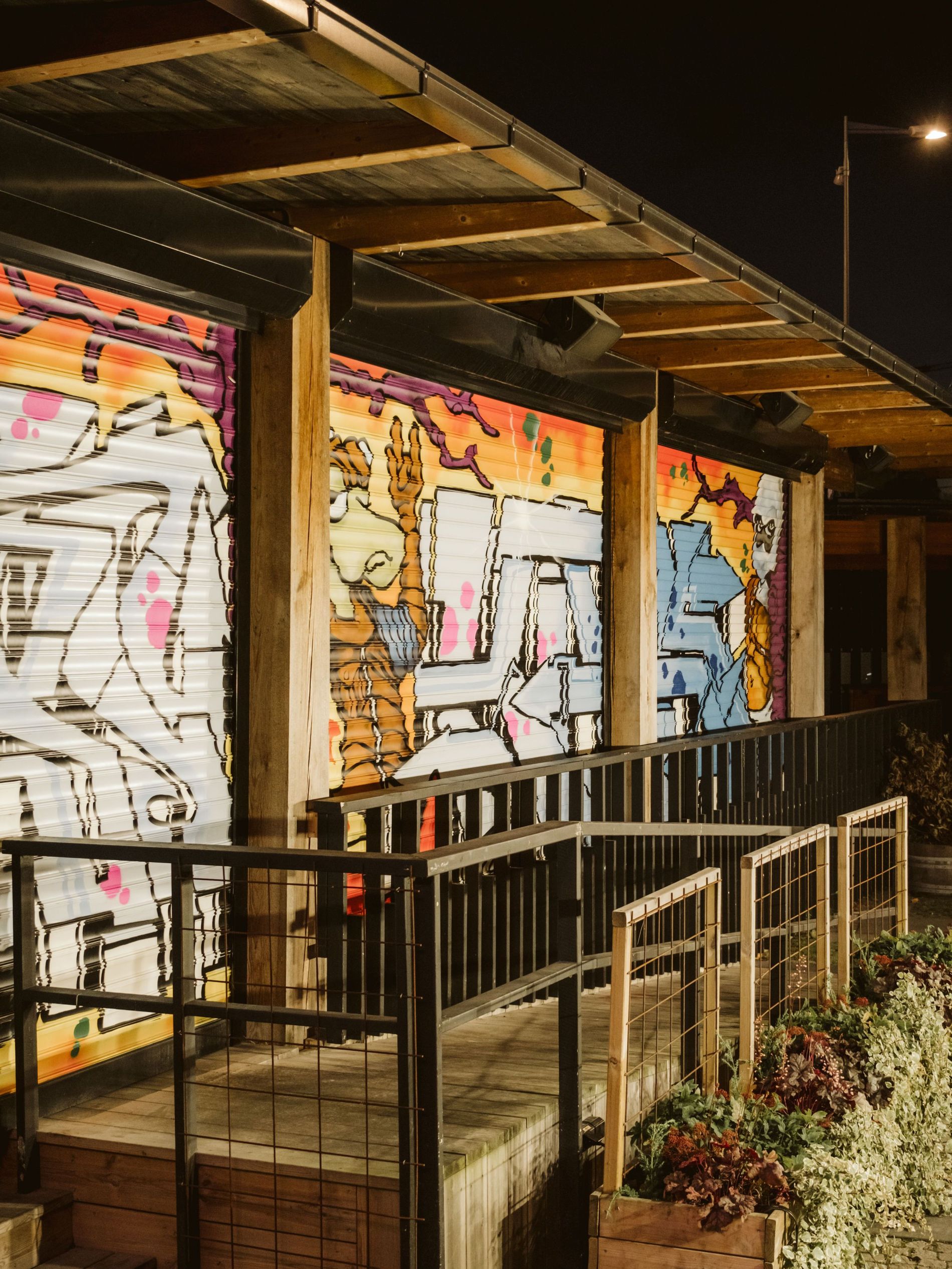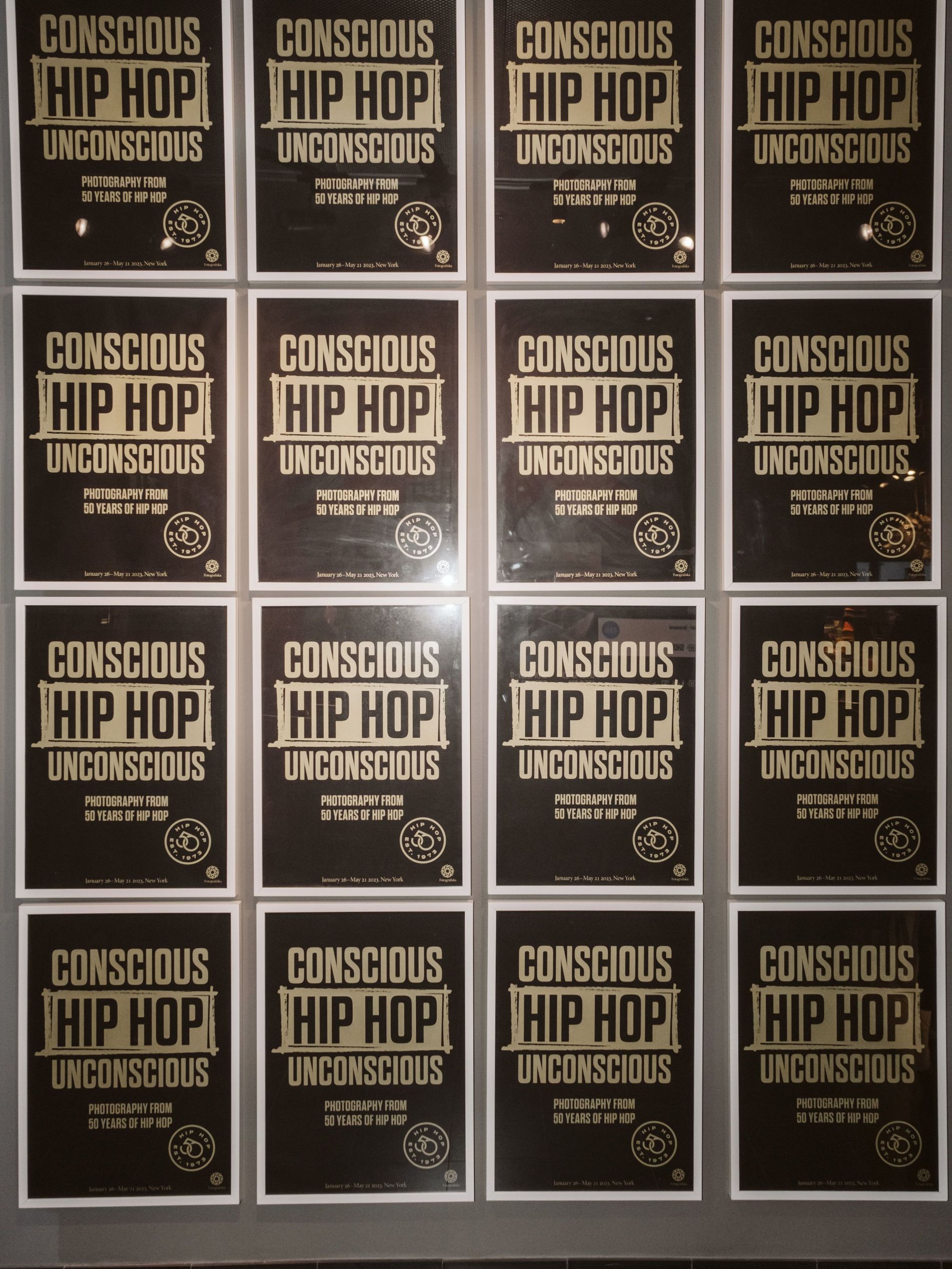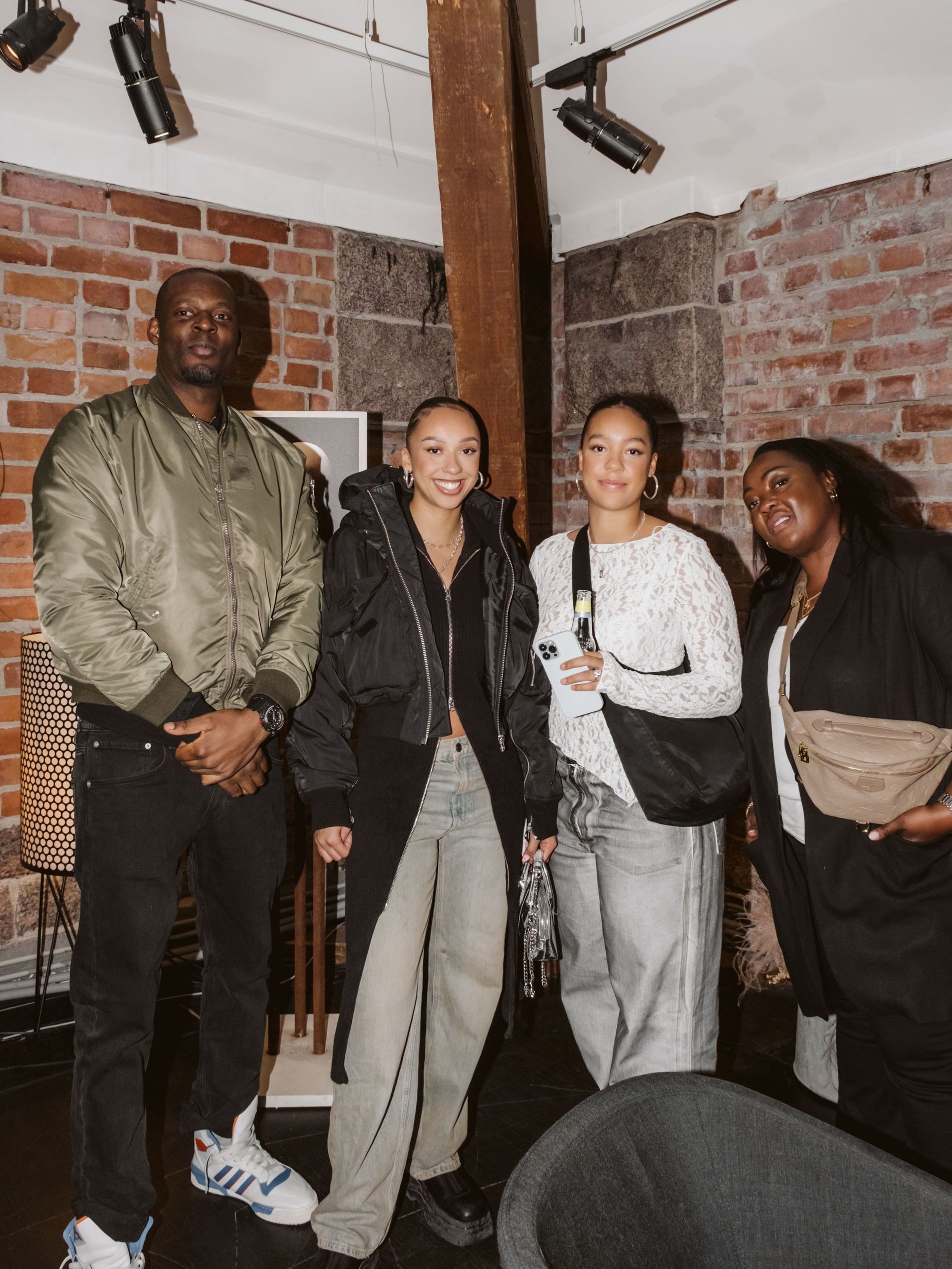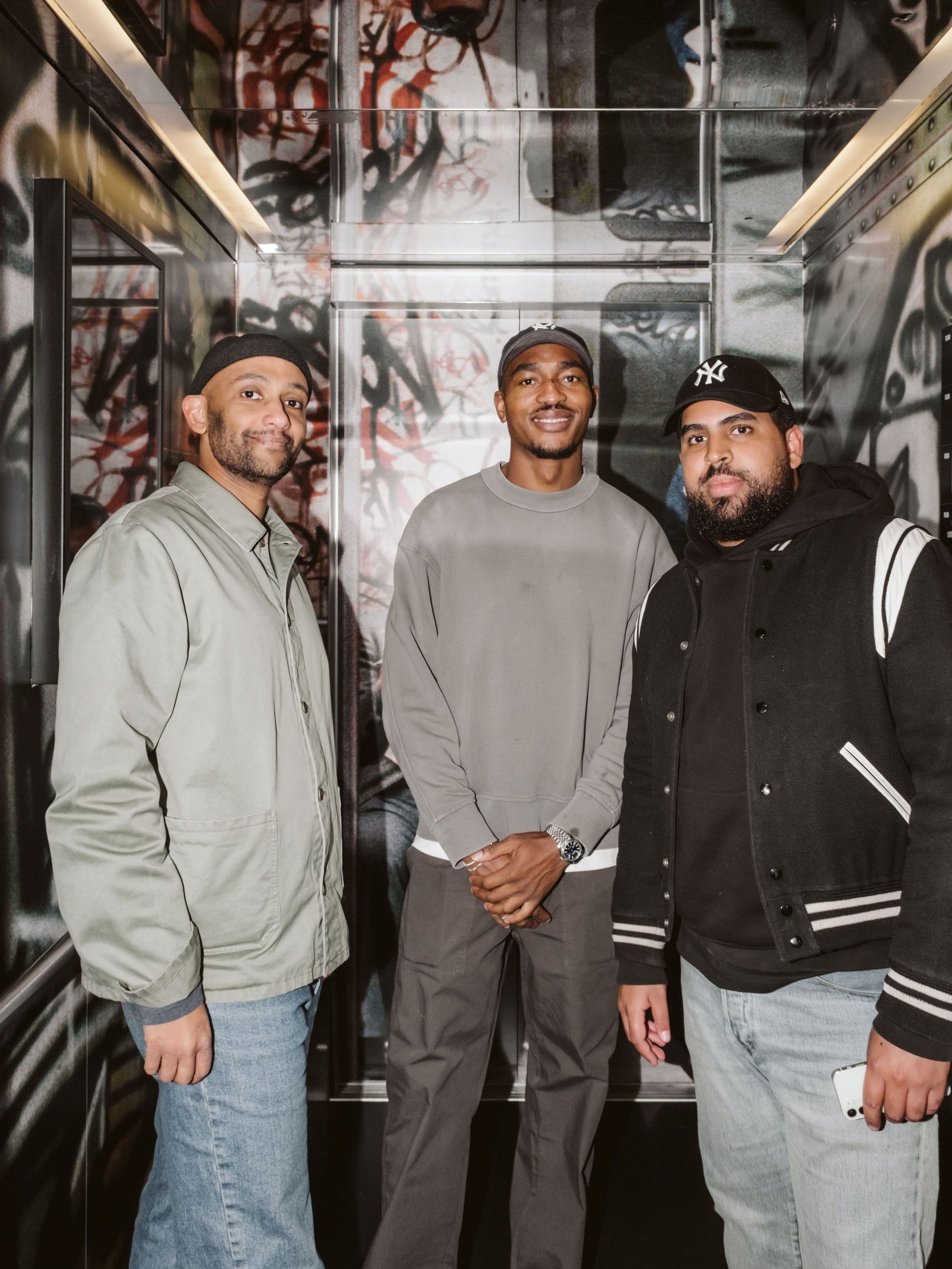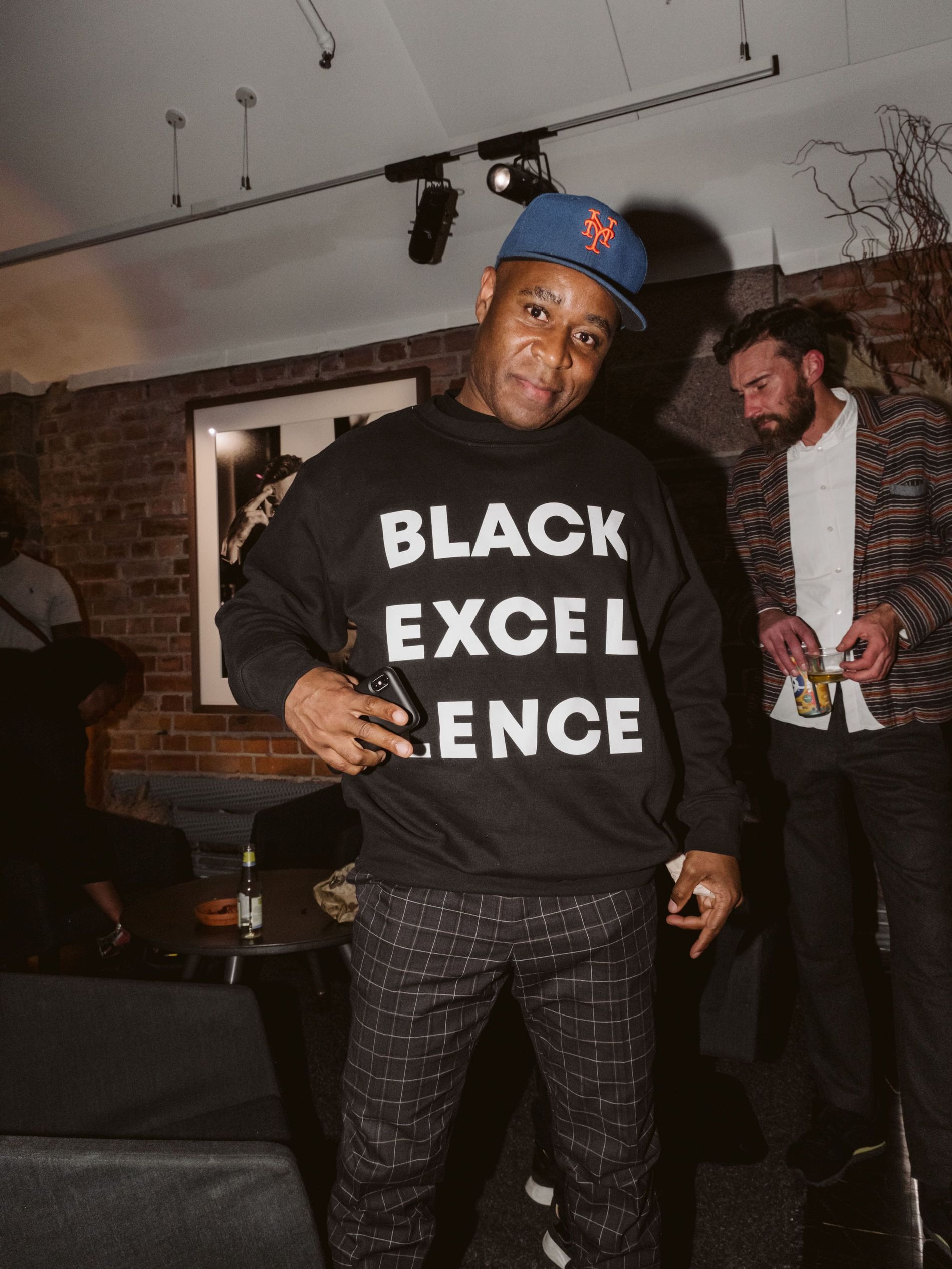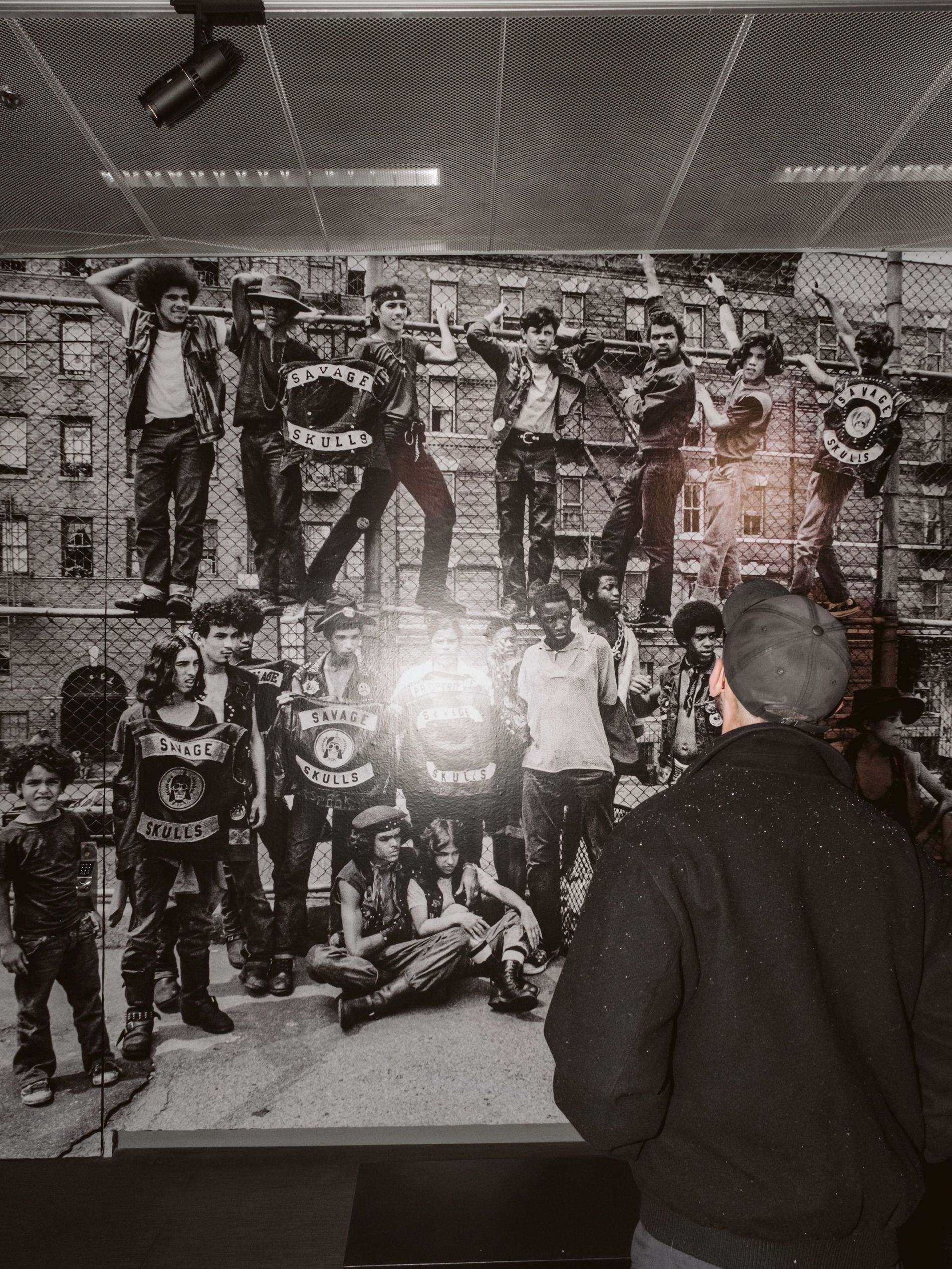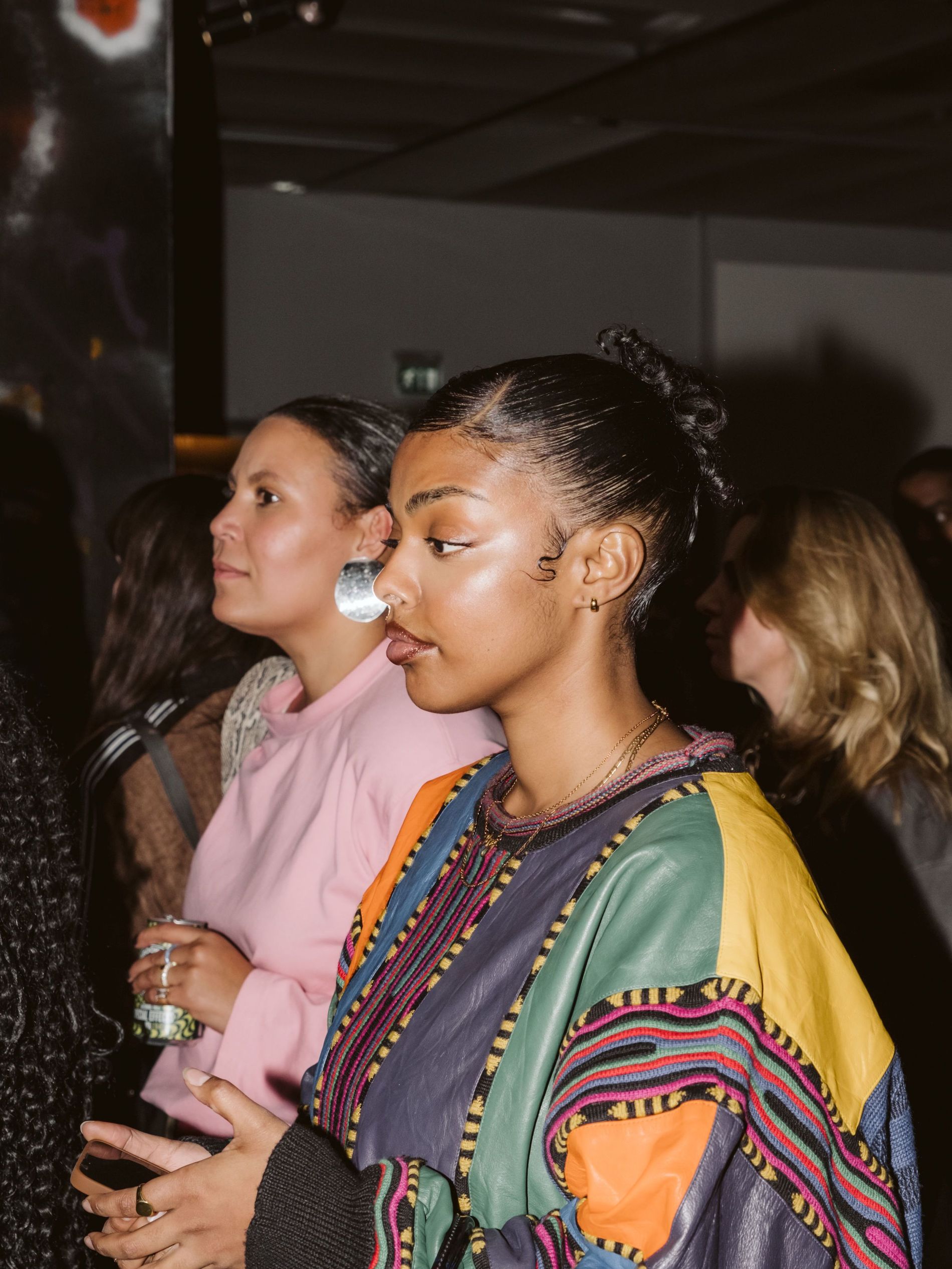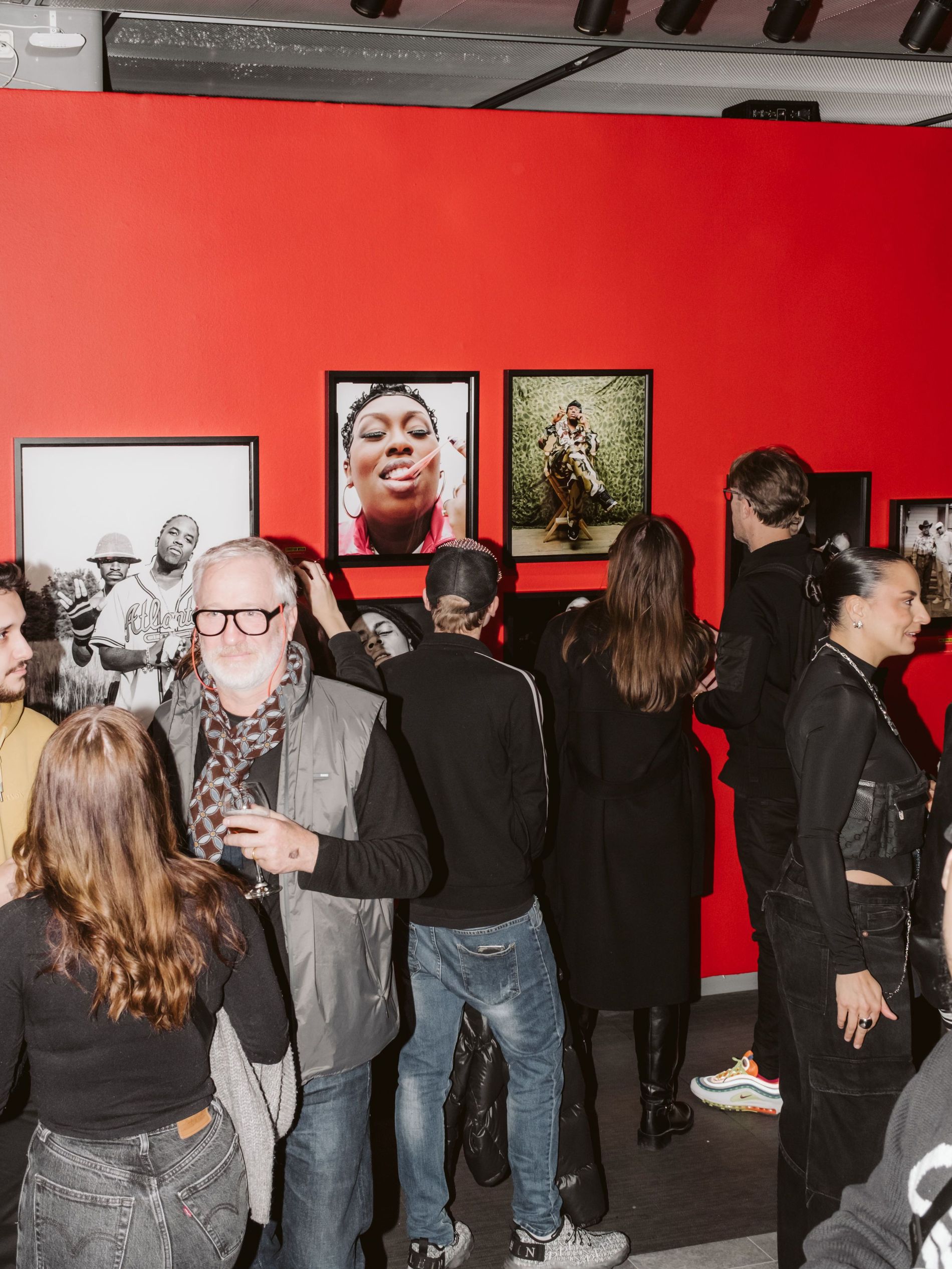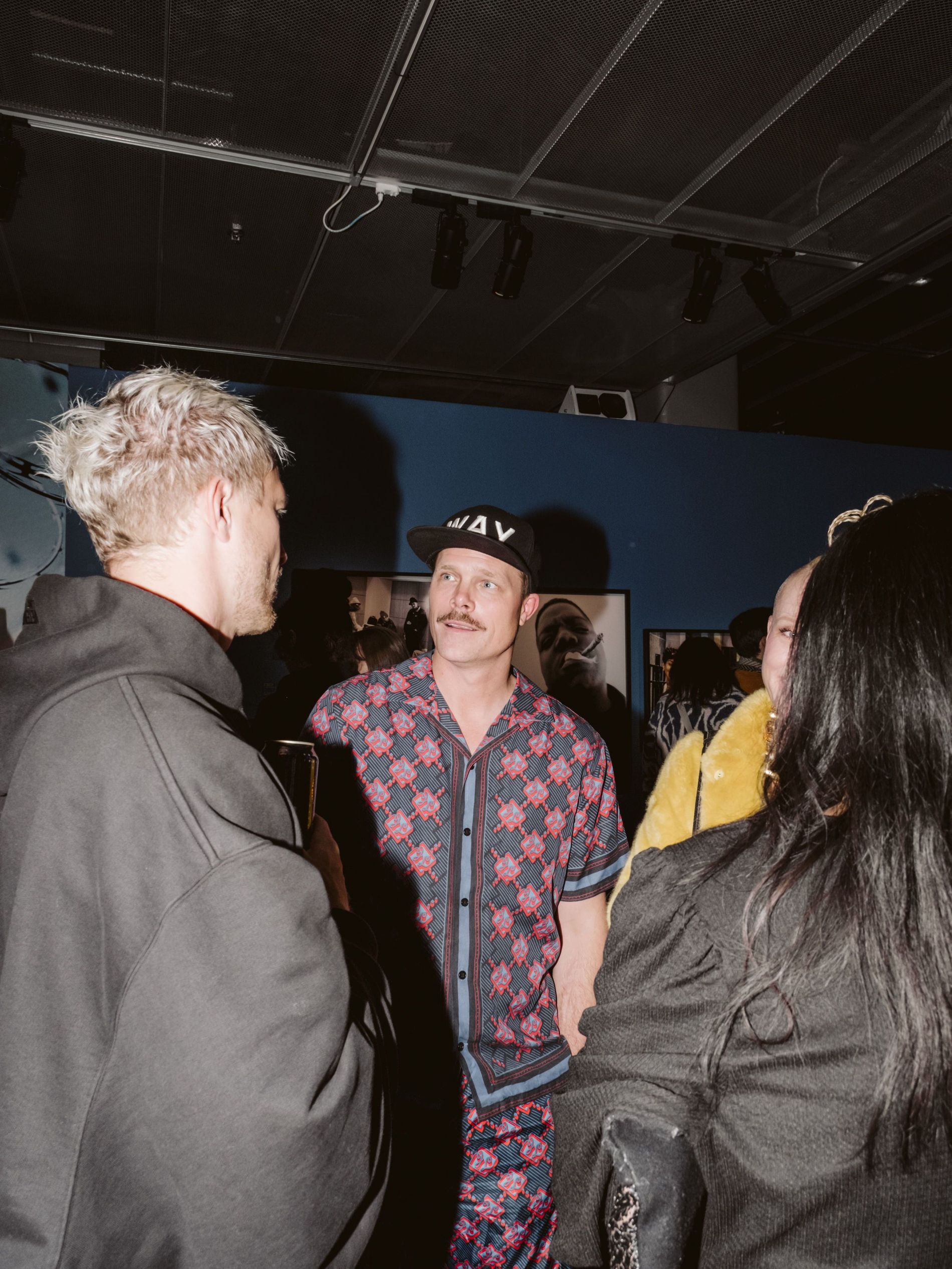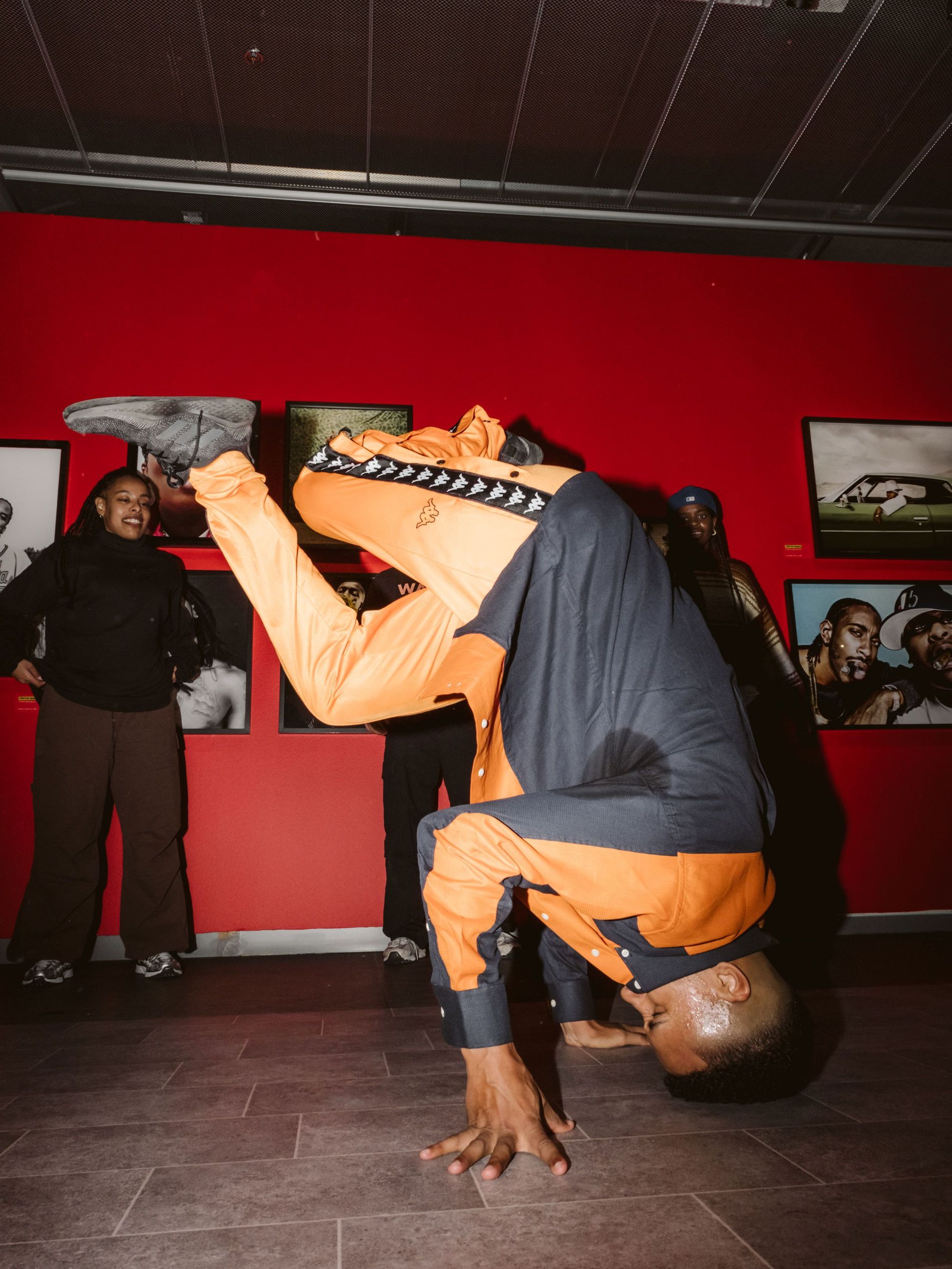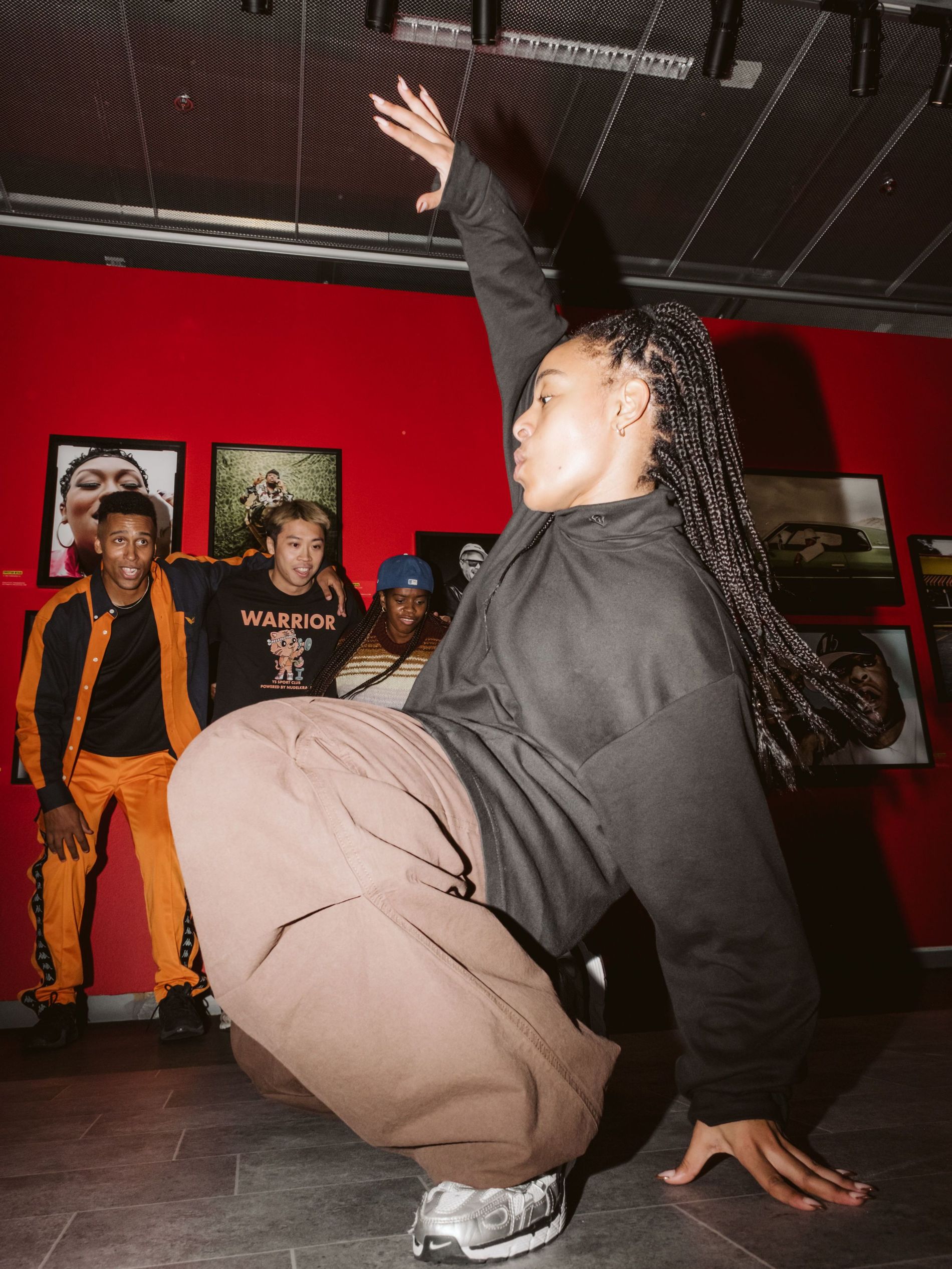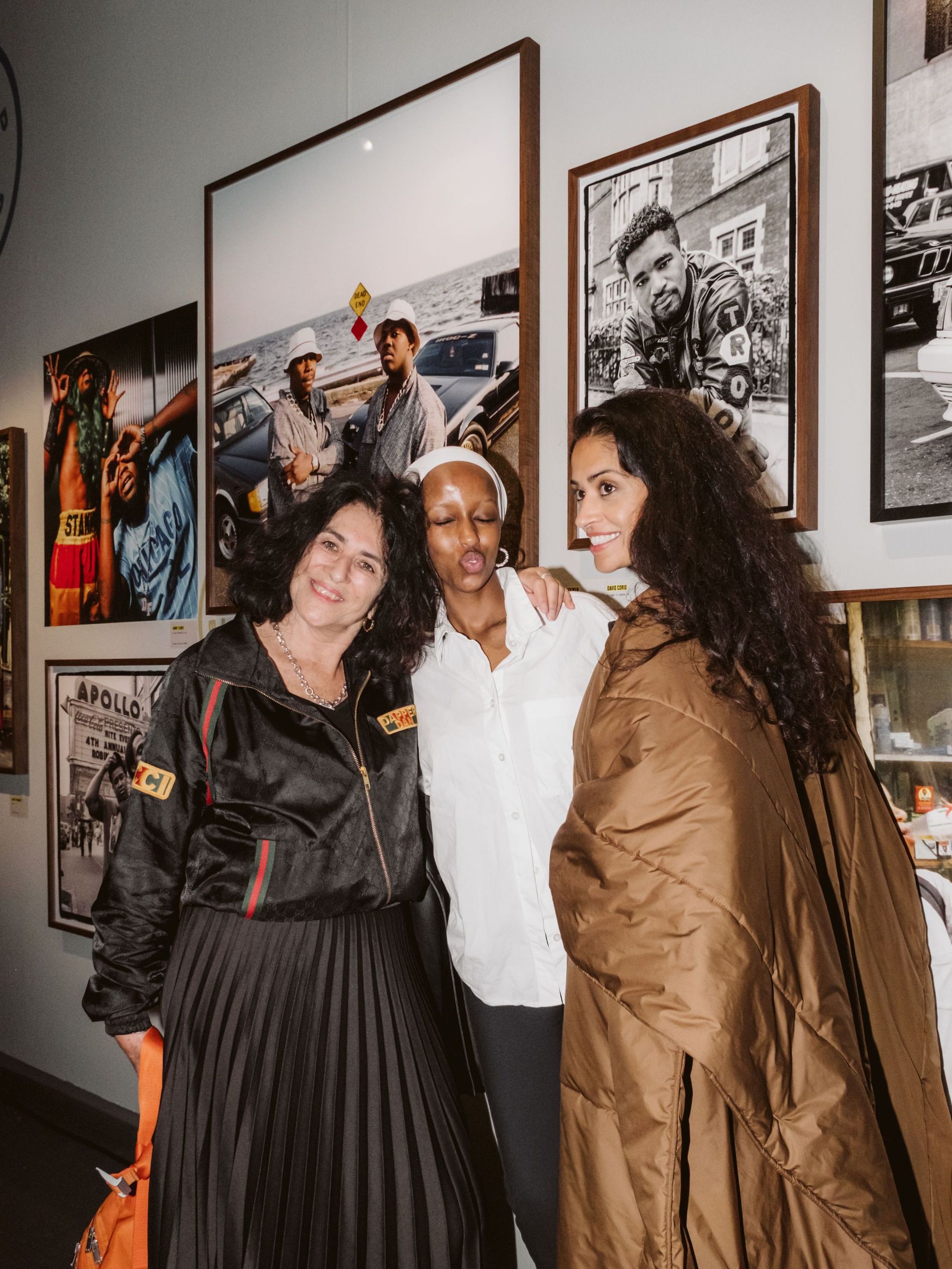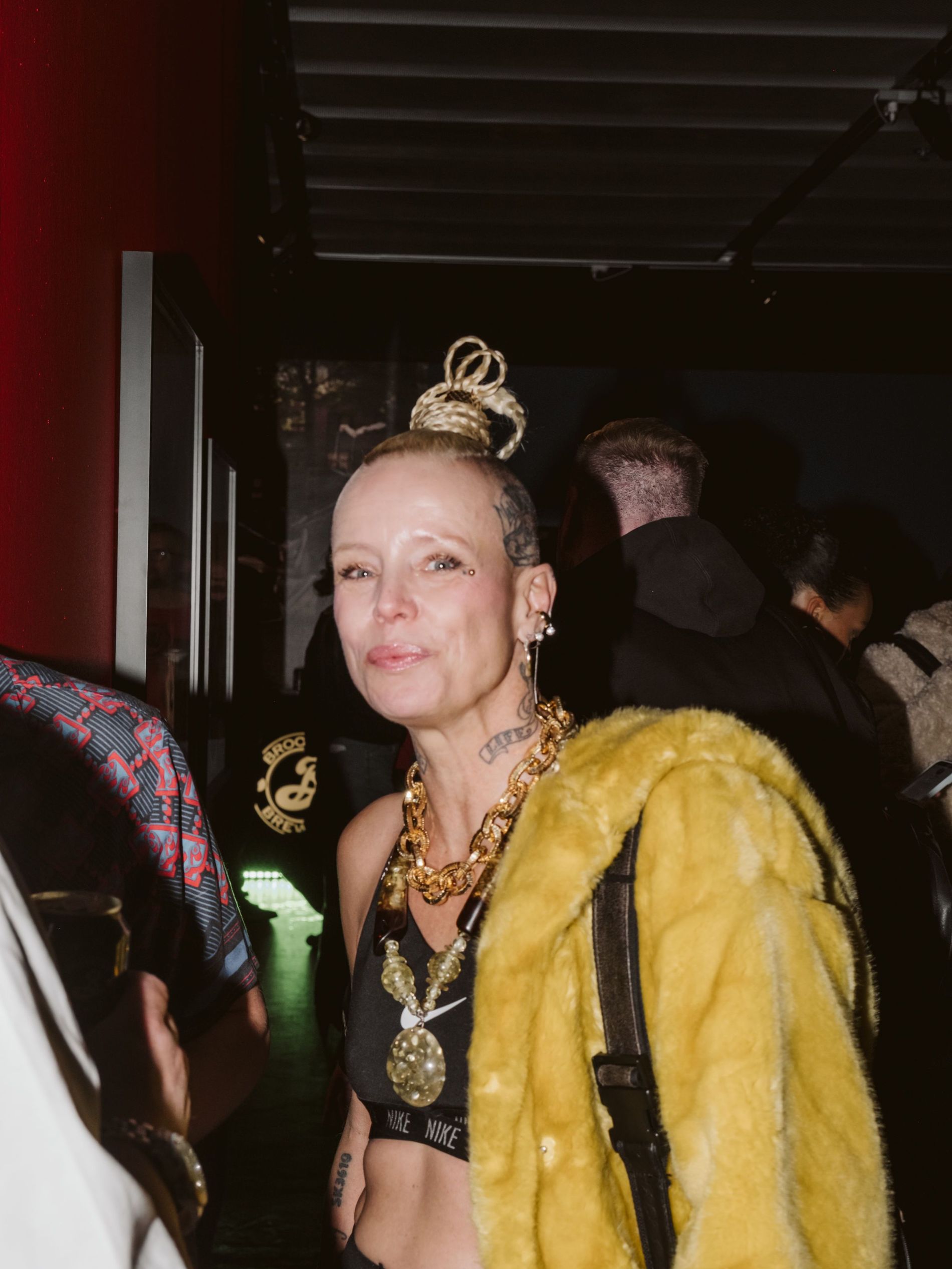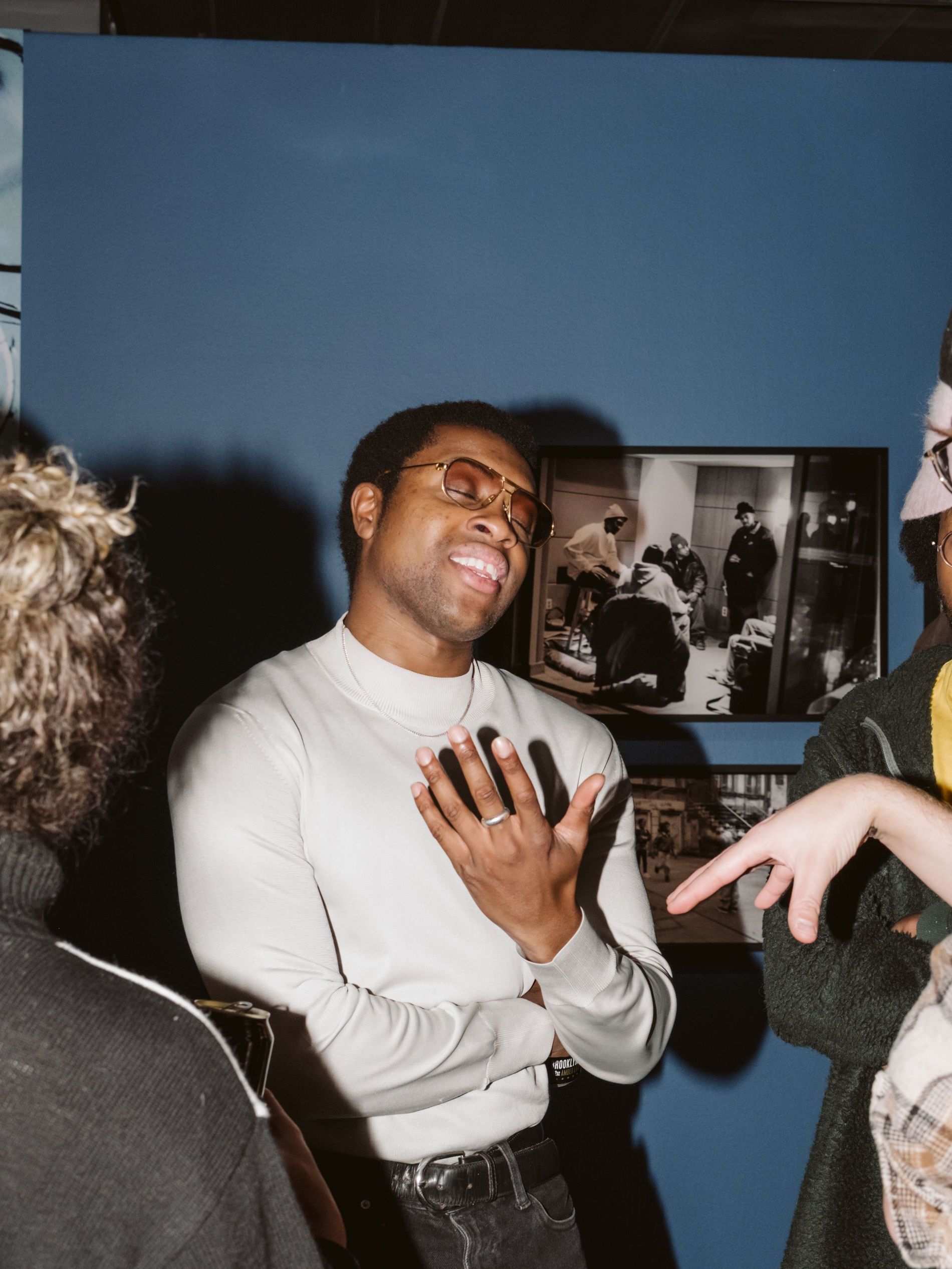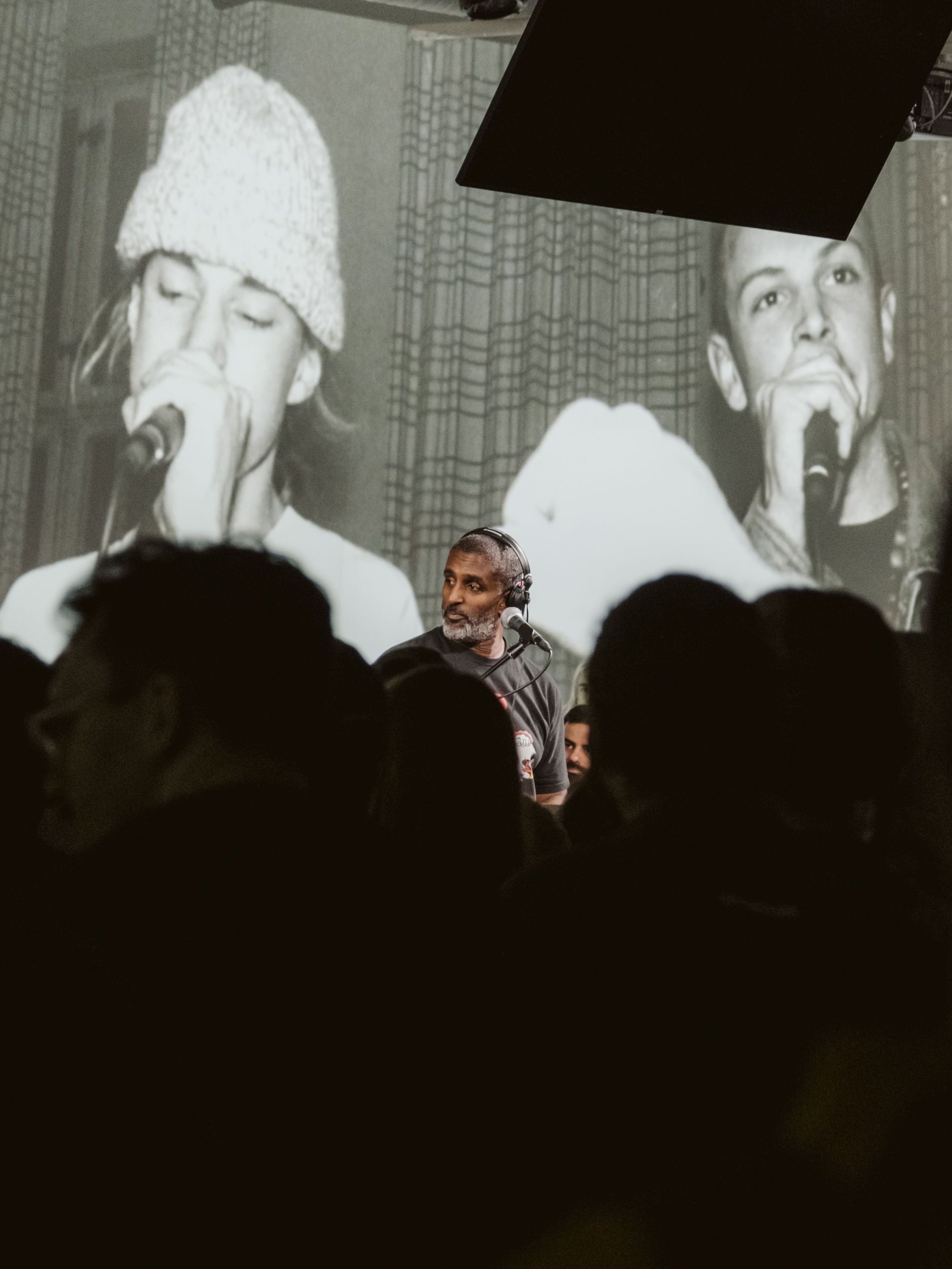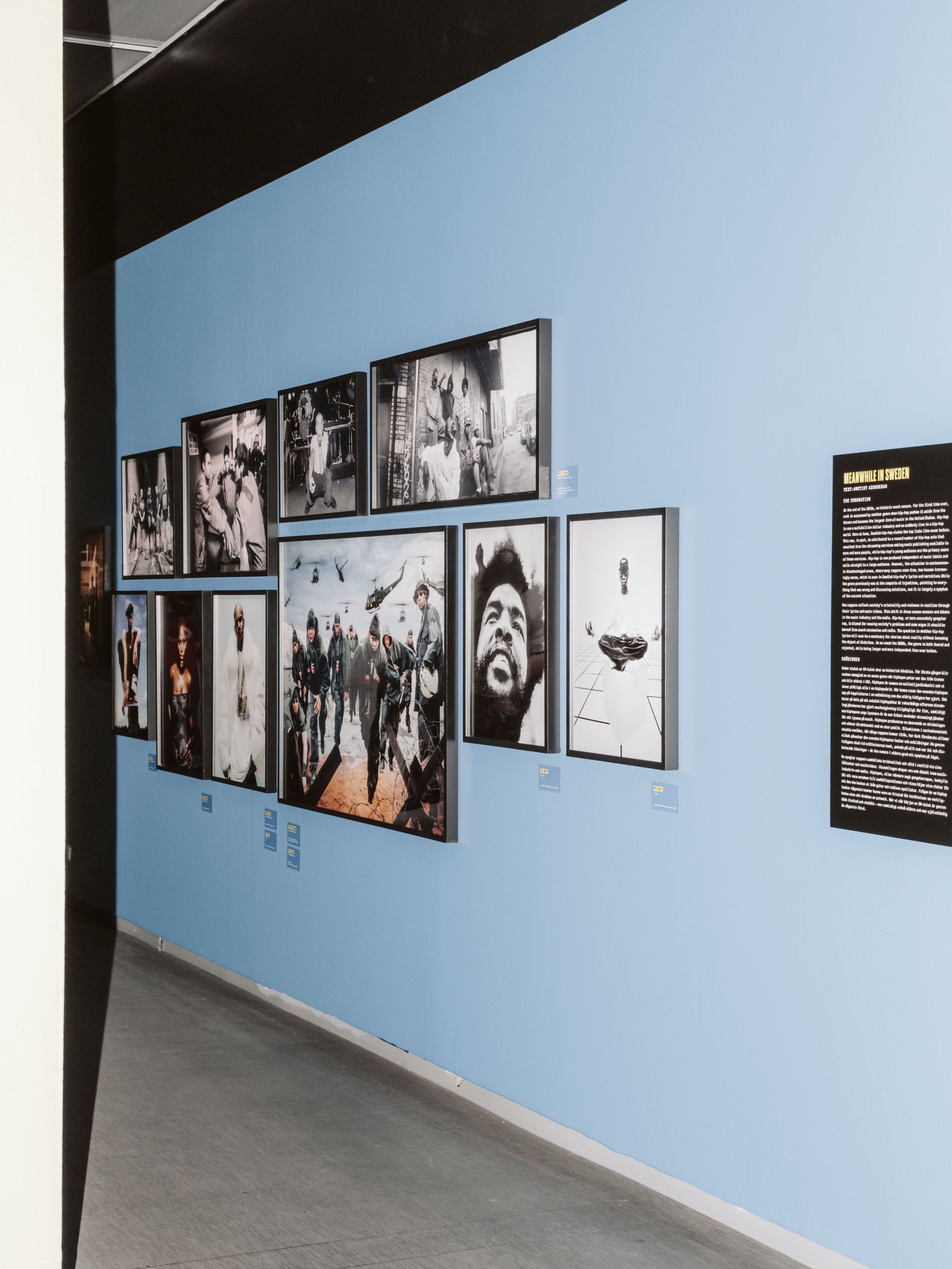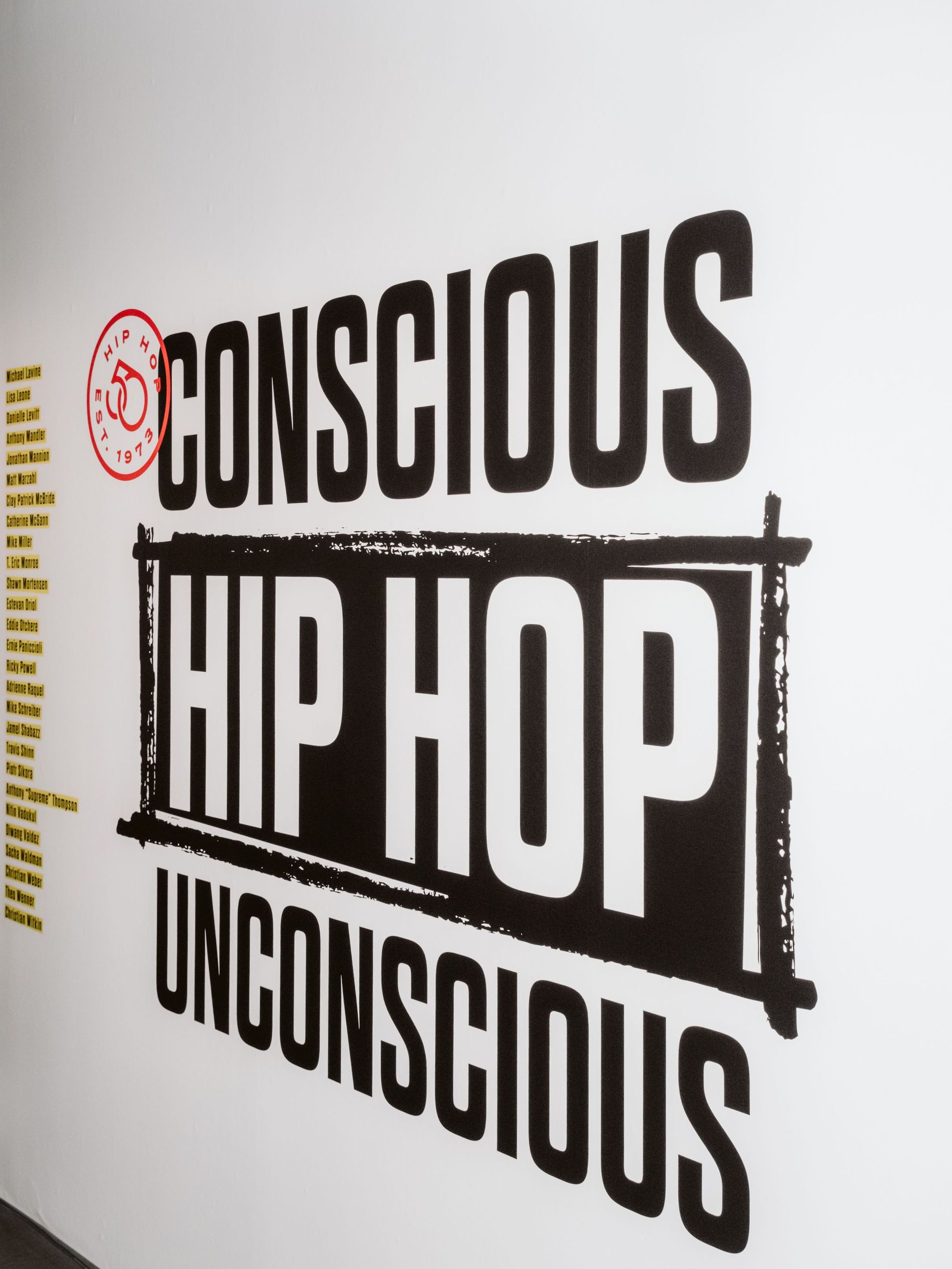From the grassroots '70s to a billion-dollar industry, a lot has happened in hip-hop since it emerged 50 years ago in the Bronx. Now, a new Stockholm exhibition takes us through the movement via some of the world's most famous photographers and unique portraits
Fotografiska’s latest exhibition, 'Hip-Hop: Conscious, Unconscious' is a genre trip – a collection that jogs the memory back to the beginnings of the movement. Through 200 carefully curated photographs, it comprehensively narrates the creation of a culture, and its rapid climb into the lucrative music machine it is today.
The exhibition's title holds many meanings, according to Sacha Jenkins, CCO of Mass Appeal – the curator of the exhibit alongside Sally Berman, Visuals Director at Hearst Visual Group. “It refers to the time before there was any commercial interest or record companies involved, when we were just kids on the streets, expressing ourselves,” explains Jenkins. “And the shift that took place when those commercial aspects came into play, and we became conscious of what we were saying and the kind of music we were making.”
It refers to the time before there was any commercial interest or record companies involved, when we were just kids on the streets, expressing ourselves.
Sacha Jenkins, CCO of Mass Appeal, co-creators of 'Hip-Hop: Conscious, Unconscious'
The show opens with an image of The Savage Skulls, a South Bronx gang. It’s a marker of the status-quo pre hip-hop. “It started during a time when gang culture was very destructive - something that faded out as hip-hop became the dominant culture,” explains Jenkins. Then, it wasn’t about fame and money. “It was about identity. One that people of colour in America could control and own. Everyday people who had a passion to express themselves, for whom hip-hop came along and brought a positive energy to the community."

Grand Master Flash, Debbie Harry, Fab 5 Freddy, Chris Stein of Blondie and Friend (1981). Photo: Charlie Ahearn
Featuring works from over fifty photographers – Martha Cooper, Jonathan Mannion and Campbell Addy, to name a few – those that have captured the biggest names in hip-hop since the get-go: Run DMC and Wu-Tang Clan, Missy Elliott and Queen Latifah, Christopher 'Biggie' Wallace, Lauryn Hill and Erykah Badu. “We're good friends, us hip-hop photographers from certain eras. It's kind of like a family exhibition,” says British photographer Janette Beckman, whose influential work is also featured.
“It’s a deep dive back into the very early days. When we first photographed them, the artists were just at the beginning of their careers,” she recalls. “They were maybe famous on their block, but not the worldwide superstars they became. We didn't have hair and makeup and art directors, we would just go and hang out with the artists in East New York.”
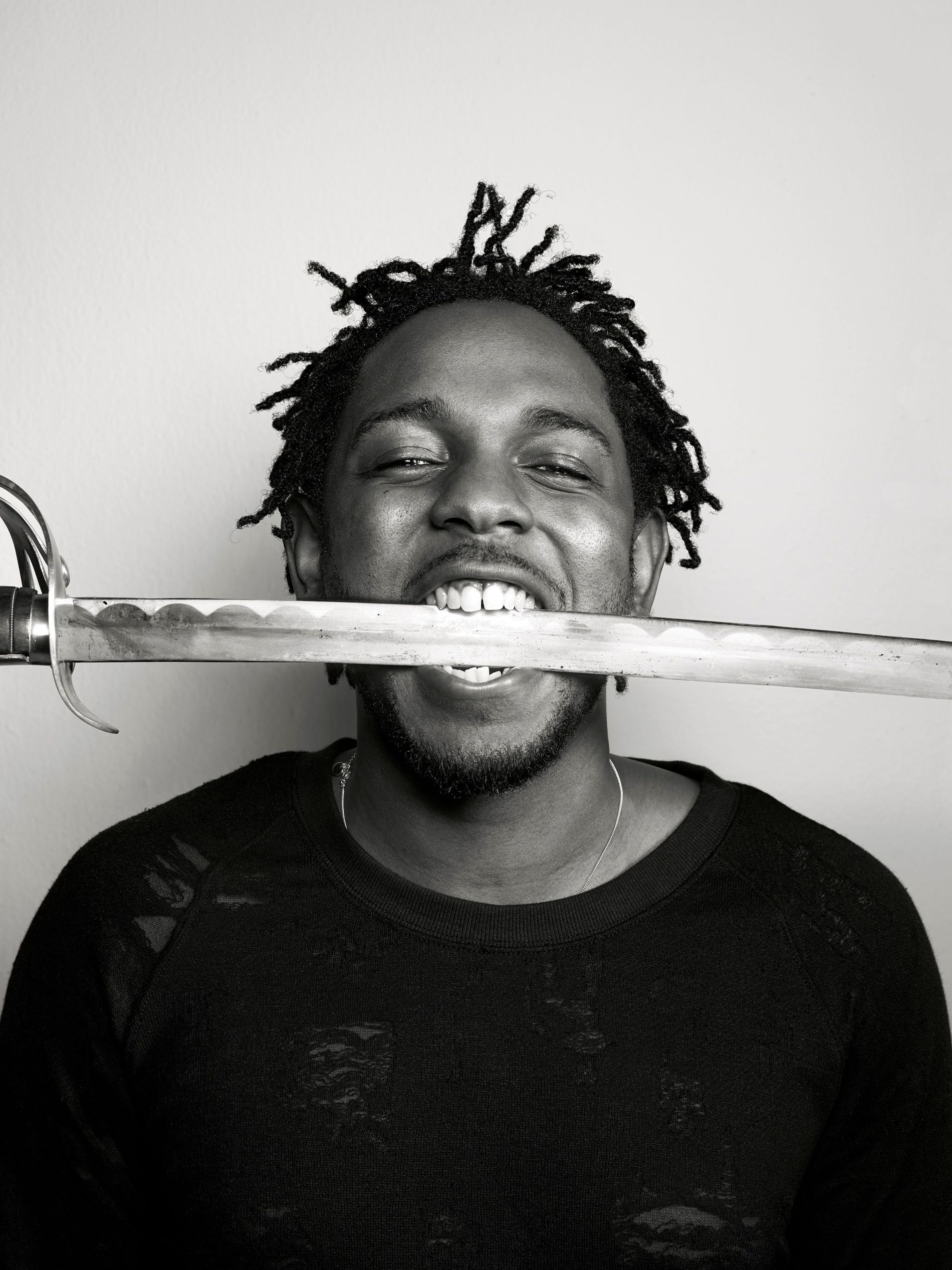
Kendrick Lamar (2015). Photo: Chris Buck
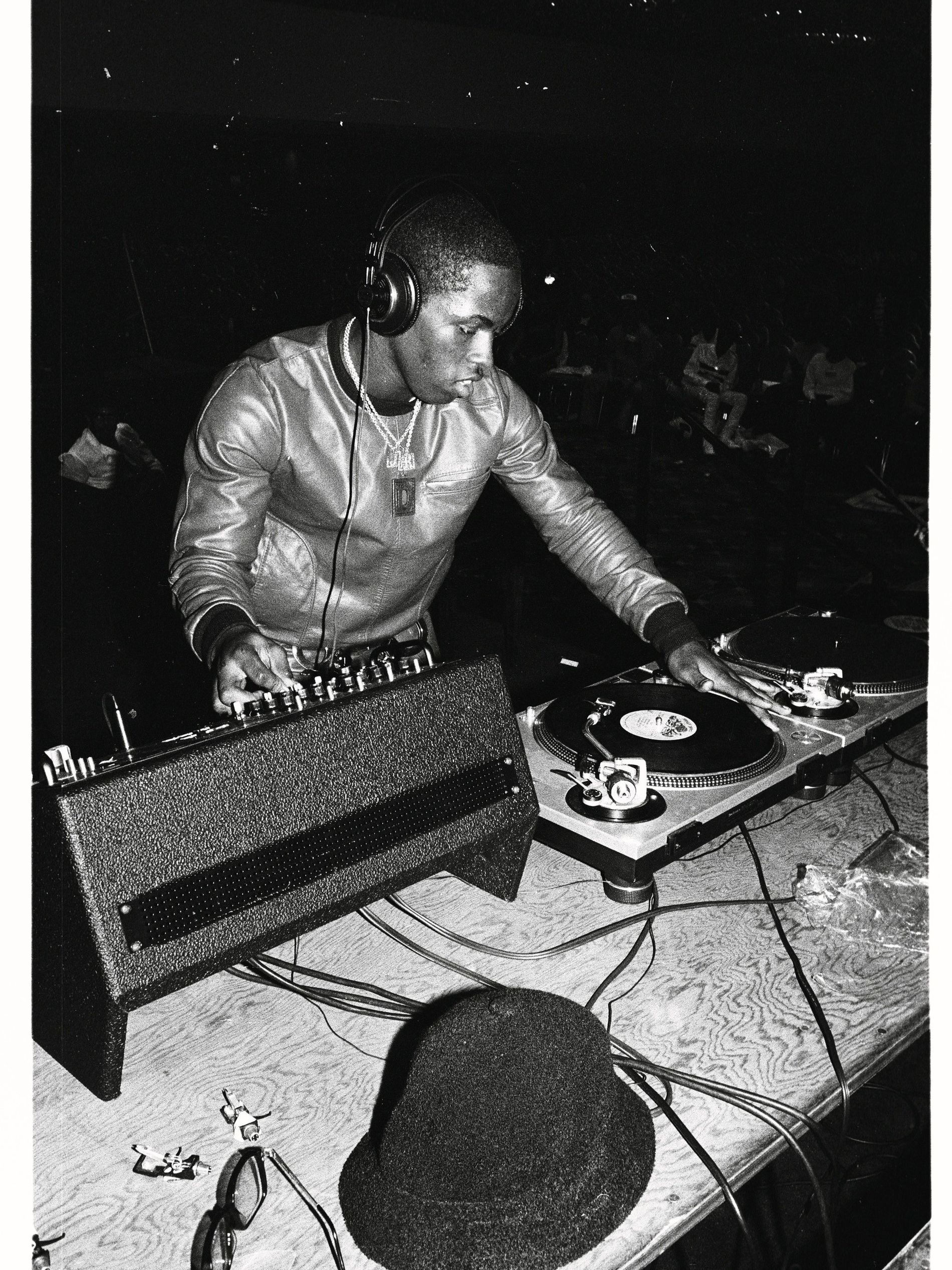
DJ Competition New Music Seminar New York City (1984). Photo: Josh Cheuse
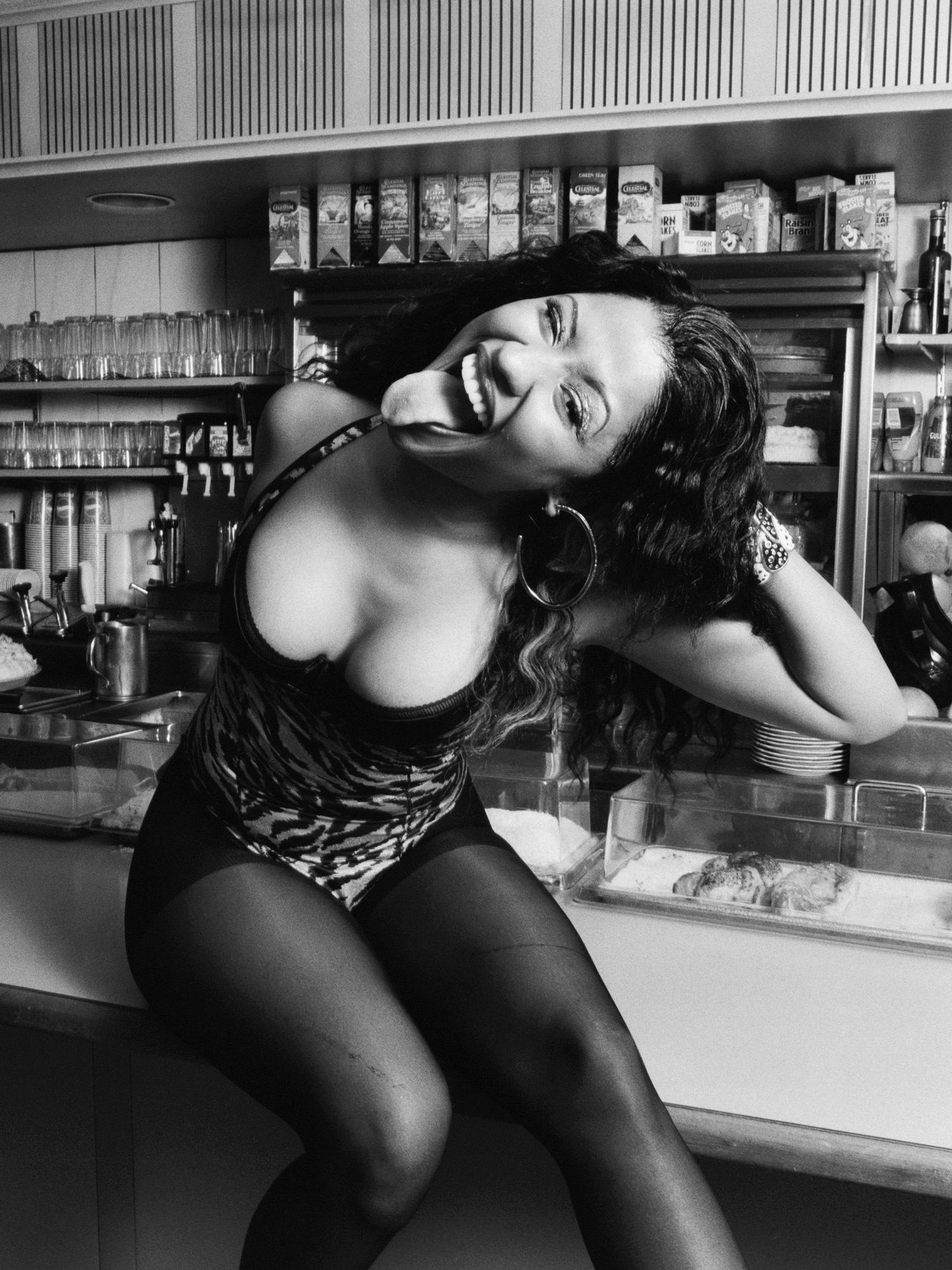
Nicki Minaj originally photographed for Vibe magazine at Court Square Diner in Queens, NY (2008). Photo: Angela Boatwright
It’s no secret the genre’s been criticised over the years. “When I published my first book, I got comments,” Beckman tells me. ‘Why are you glorifying these lyrics?’ But that was what these artists were living, they were just writing poems about their lives. And their words would resonate with me as I walked down the street” – the same resonance that’s been felt throughout the fandom over the past fifty years – what lies behind the genre’s boom. “People throw around the word authentic, but they really were.”
People throw around the word authentic, but they really were.
Janette Beckman, British photographer showcased in 'Hip-Hop: Conscious, Unconscious'
One of the earlier images is hers: a snap of Salt-N-Pepa in front of a Lower East Side deli. “It was a hot summer's day, and we just walked around the neighbourhood,” Beckman reminisces. “They didn’t have a stylist and racks of clothes. They just turned up like that. Styled themselves in what they wanted to represent; young women portraying feminist power. Way before the Spice Girls or anyone had dreamed of Beyonce.”
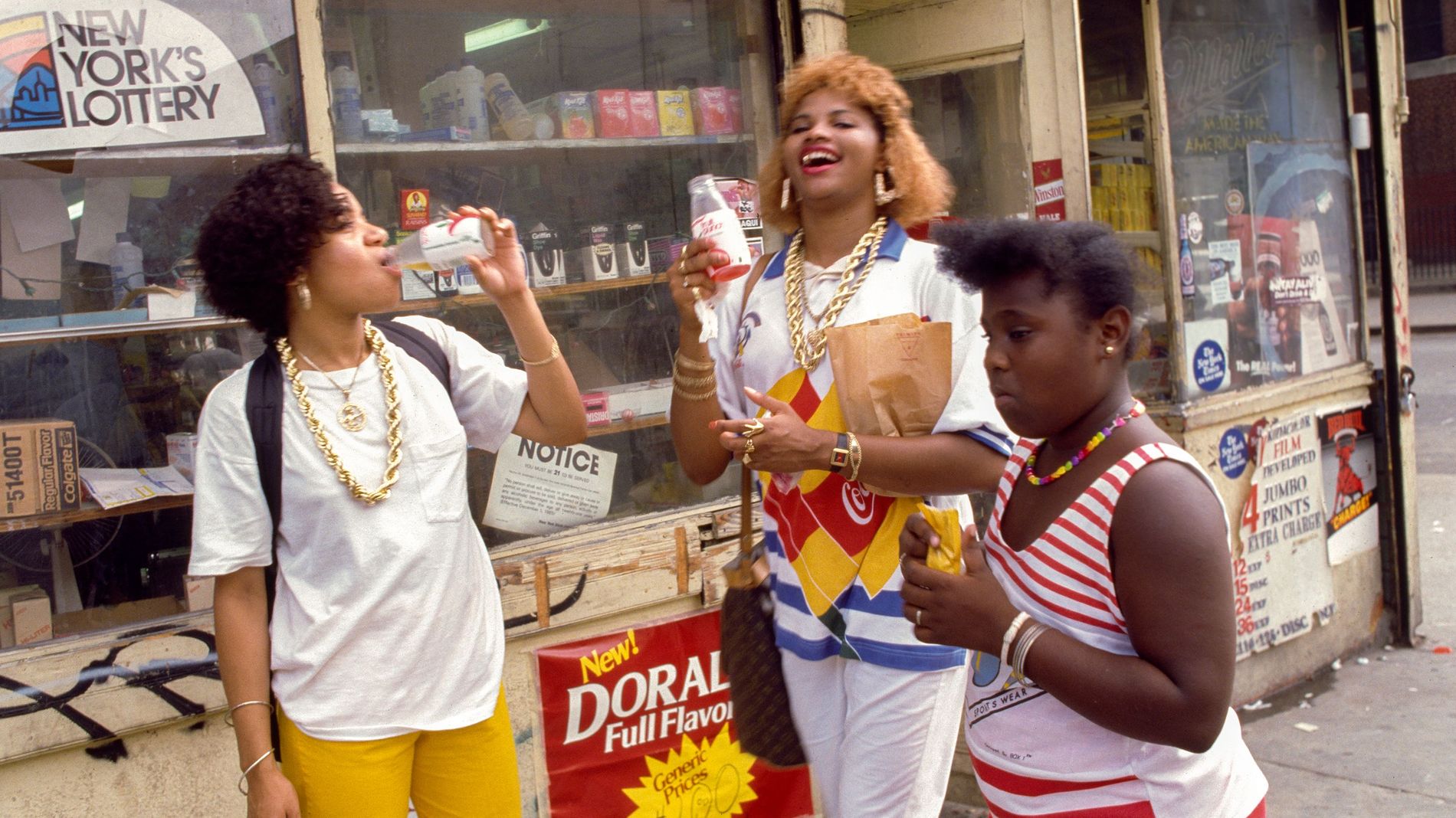
Salt n Pepa Lower East Side NYC (1986). Photo: Janette Beckman
“I love the way they’ve made a timeline from the very beginning through to current times, that it’s made us dig through our archives,” trills Beckman. “Going through all the sheets of negatives, we’ve found treasures no one’s seen before.” The show tracks how quickly the genre grew. The same artists captured only a couple years apart, first in their every-day clothes, and then again decked out in high fashion and layers of chains. “It was a moment in time, when hip-hop was changing, the fashion was changing, they had money.”
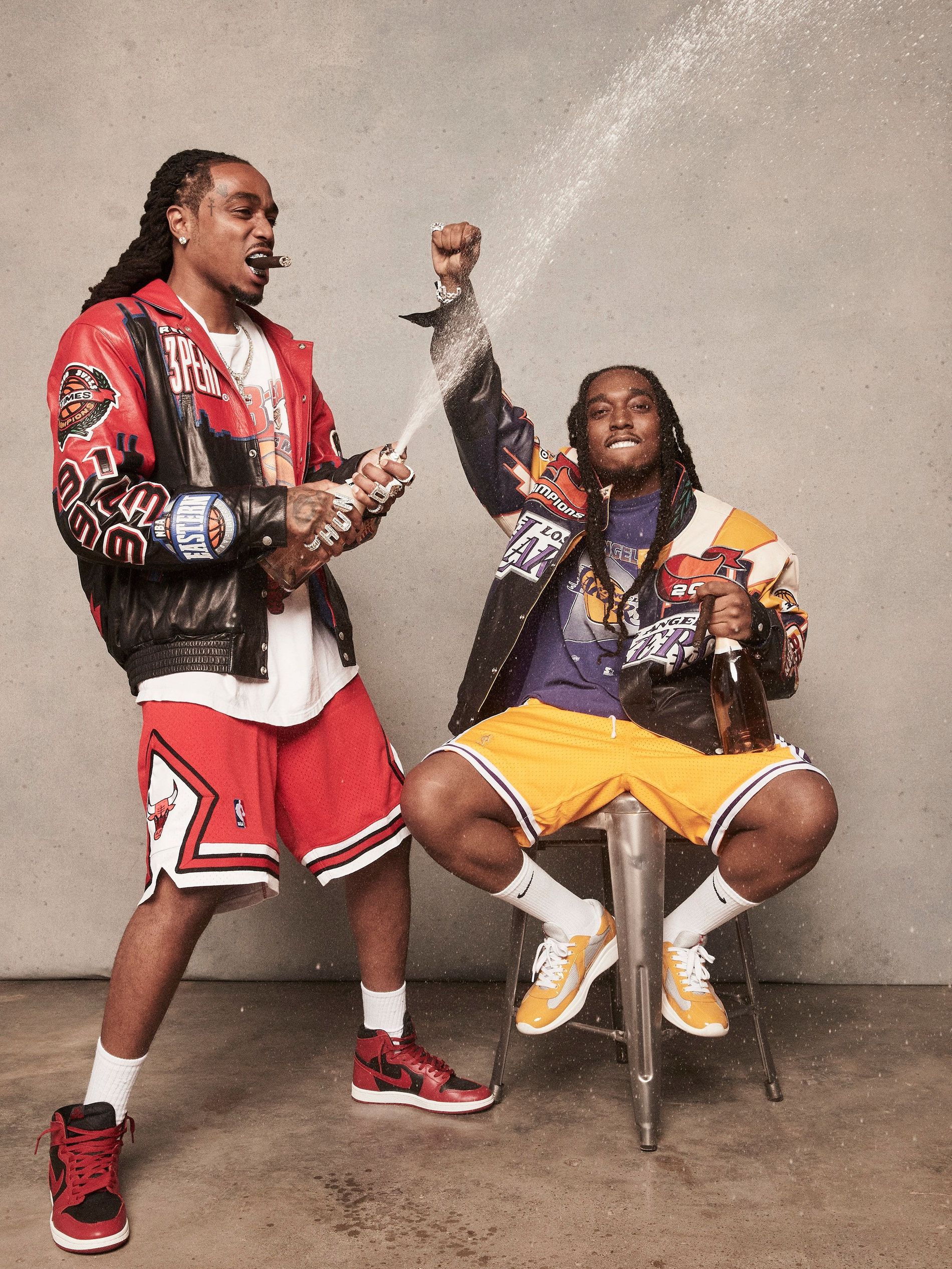
Quavo & Takeoff, Atlanta (2022). Photo: Kenneth Cappello
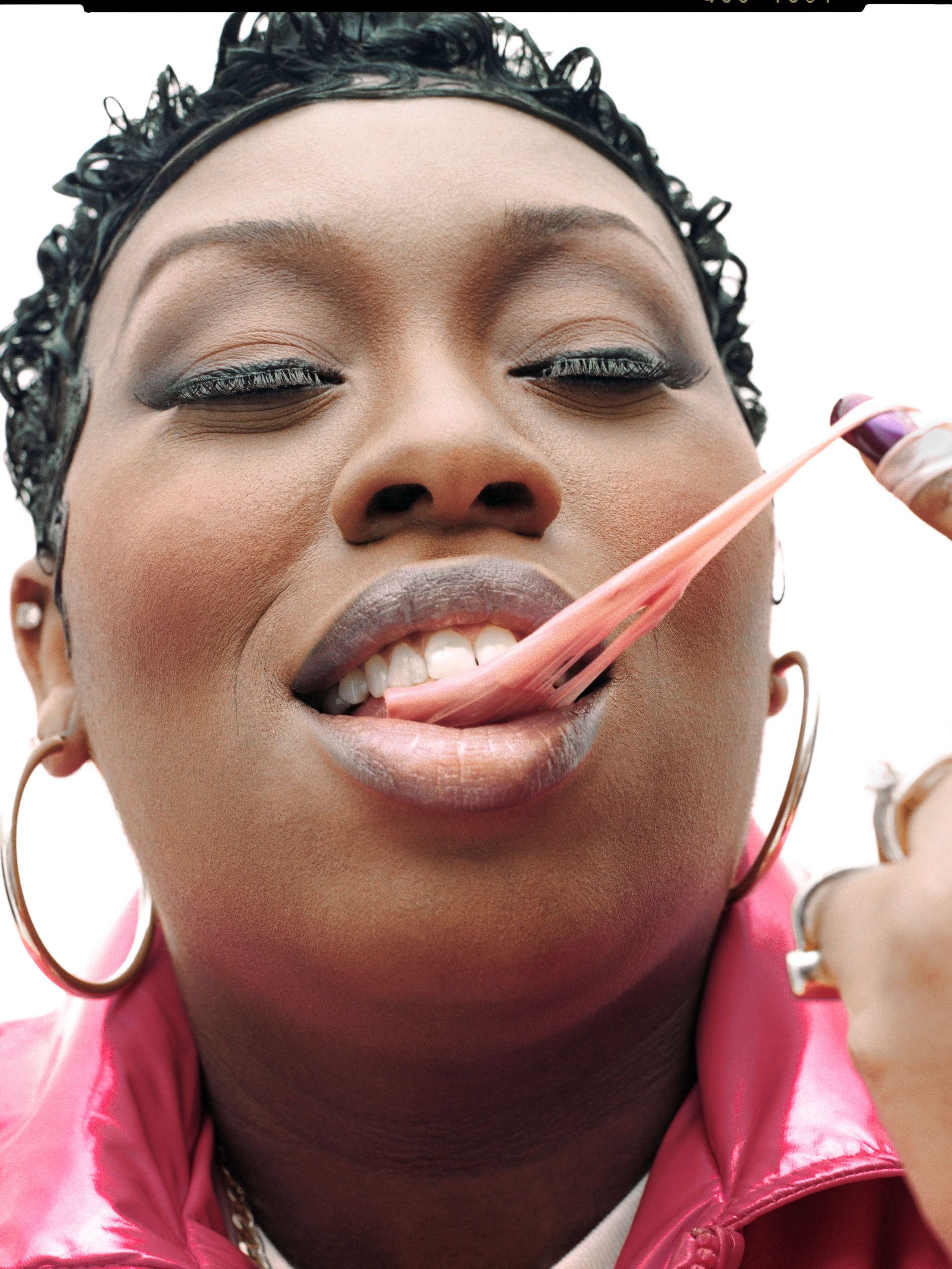
Missy Elliott, Photographed for Spin Magazine, New York City (1998). Photo: Christian Witkin
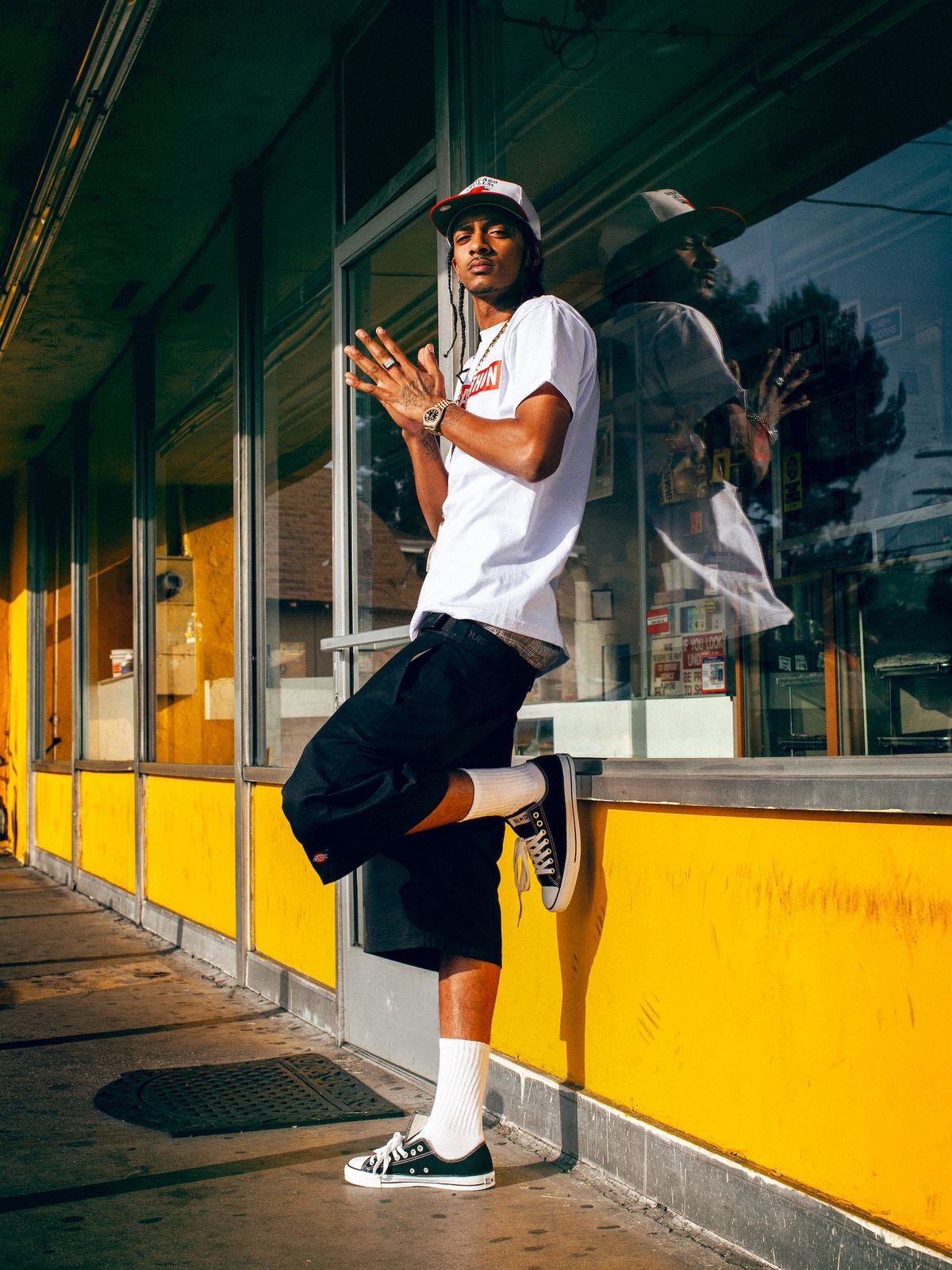
Nipsey Hussle, Los Angeles, CA (2011). Photo: Jonathan Mannion
“Hip-hop created social capital for people who didn’t have it,” says Jenkins. “Folks who came from pretty much nothing, to being some of the most successful on the planet. People love the flash and glamour and the fashion. It’s all incredible, but sometimes people need to stop and think about where it came from and why.” That’s the other side of the Conscious in the exhibition’s title. “It’s the same story today as it was fifty years ago; folks of colour in America reacting to their environment through art.”
See some of the snapshots from Fotografiska's opening party for 'Hip-Hop: Conscious, Unconscious' in Stockholm below:
